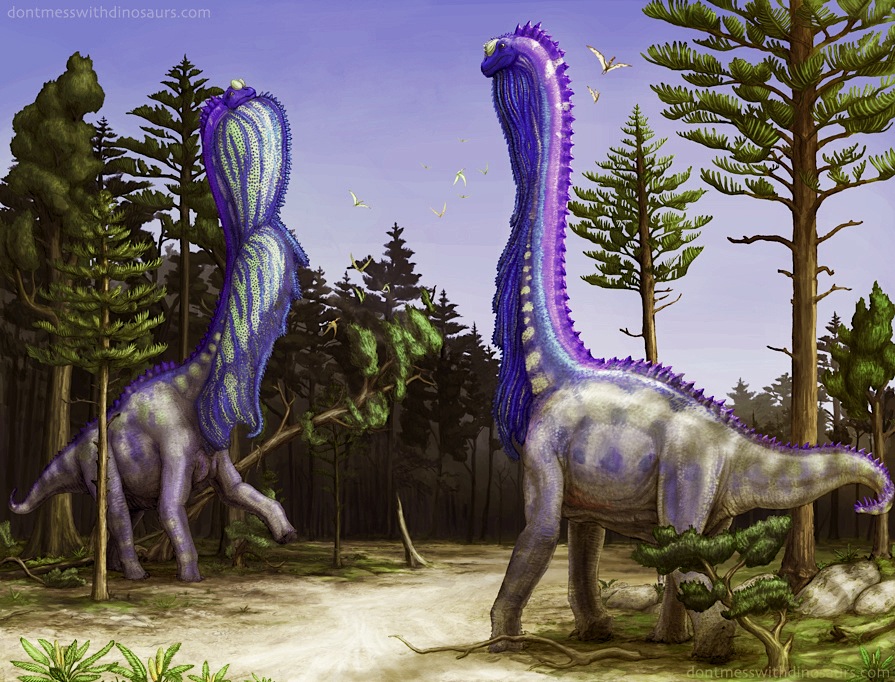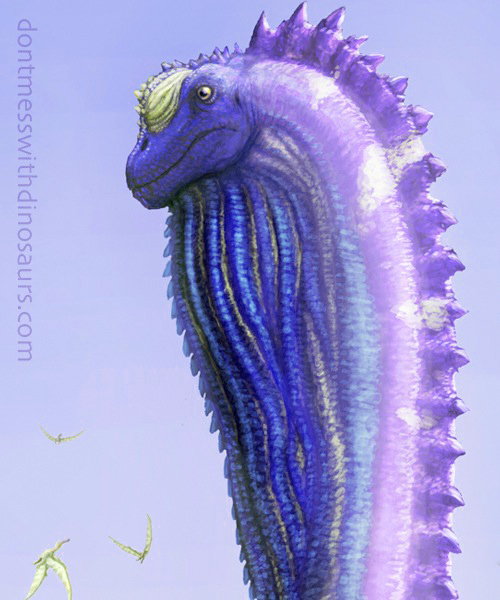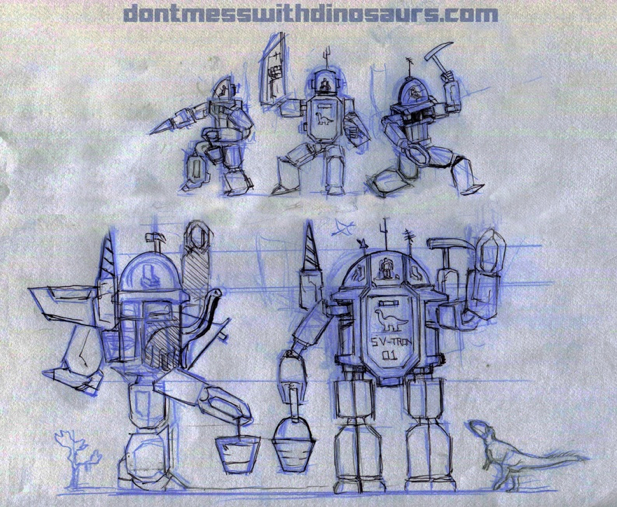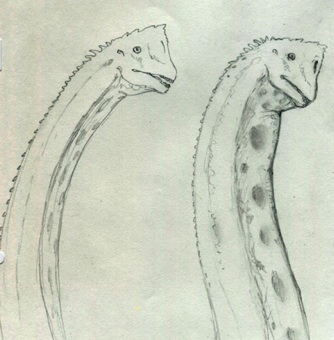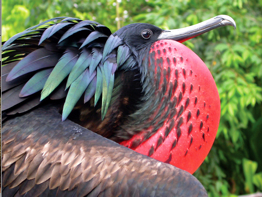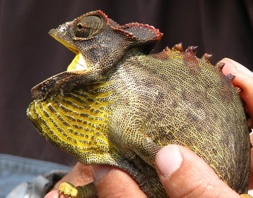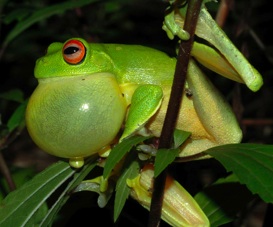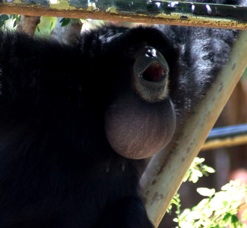Sauroposeidon proteles Reconstructed
Brachiosaurs were big. Maybe too big for camouflage.
When I look at illustrations of dinosaurs, even very technically good ones, I’m often left with the uneasy feeling that it just doesn’t ‘feel’ like a real animal. Its as if only two simple layers have been added to the still-recognizable skeleton – while living vertebrates often look nothing like their skeletons. This has compelled me to try and push my dino reconstructions beyond just draping skin and major muscle groups over the skeleton. I want to see them come alive, living and breathing beings with muscle, cartilage, circulatory systems, fat, skin, feather, hair, horn, complex eyes, and, as in this case, elaborate display structures.
This illustration was inspired by the work of paleobiologists Matt Wedel, Mike Taylor and Darren Naish who write two of the best paleo blogs on the web, Sauropod Vertebrae Picture of the Week (SV-POW!) and Tetrapod Zoology (Tet Zoo). They are also badass paleobiologists who not only dig up fossils and study dinosaurs, but also spy on them, dissect them, and mail order their severed heads to skeletonize them. I have also heard rumors that they are working on a time-traveling three-part combining robot machine and have lazer gunz (this, however is not officially confirmed).
Their blogs contain a wealth of information and discourse invaluable to any artist trying to reconstruct dinosaurs, especially sauropods. On Darren Naish’s blog, Tet Zoo, I found an informative and easy-to-read post describing how to best reconstruct the manus (hands) of sauropods, which I referenced frequently while reconstructing the stompers on my Sauroposeidon.
The elaborate display structures were inspired by various posts on SV-POW from which I learned that sauropods have highly pneumatic skeletons. This means there are air sacs and hollows throughout their skeletal systems much like a bird’s. These skeletal features suggest that Sauropods also had complex respiratory systems, also like those of modern birds. When I learned that, I got very excited, because birds don’t just use their wacky respiratory systems for breathing, they also use them for inflating crazy display structures. With that in mind I did this rough sketch:
Matt Wedel has done a bunch of work studying pneumaticity, especially with regards to sauropods, and he was nice enough to take a look at my rough sketch and give me some feedback:
“I think it rocks. But not nearly enough. Look up some pictures of prairie chickens, hooded seals, singing frogs, and everything else with inflatable display sacs. They don’t look like they just swallowed a stick of Mentos–they look like freeze-frames from half a millisecond after the the detonation of that bomb they swallowed. Real display sacs are so big and so colorful that no other animal could possibly mistake them for anything else. Therefore if you want to draw speculative display sacs they must be so big and colorful that none of the people who see the piece could possibly mistake them for anything else.”
And he’s totally right. Real animals are ridiculous.
Our conservative reconstructions simply don’t do extinct monsters justice. Or, as Matt put it in the same email:
“If you go bold, you won’t be right; whatever you dream up is not going to the same as whatever outlandish structure the animal actually had. On the other hand, if you don’t go bold, you’ll still be wrong, and now you’ll be boring, too.”
